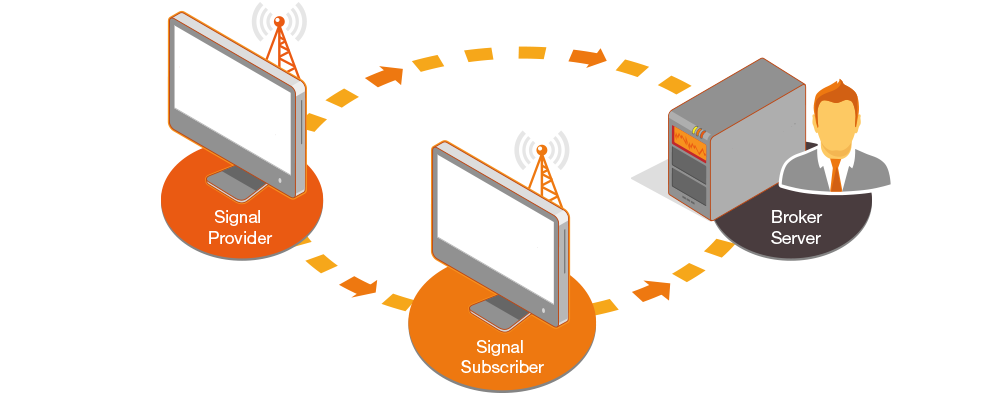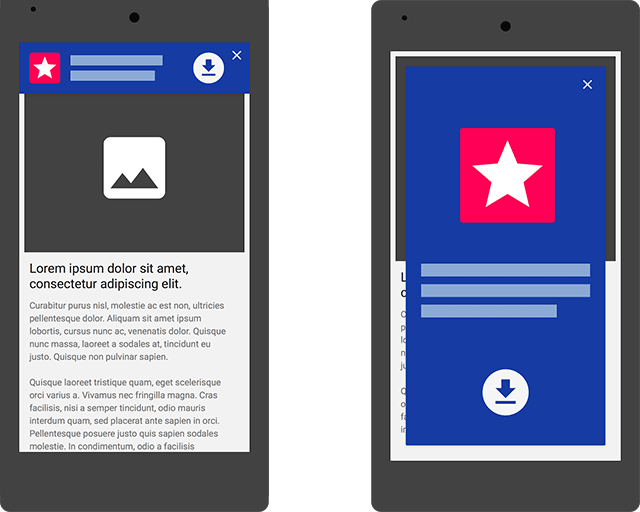Maybe you should have wondered what helps Google to crawl the content of the app, and ultimately enables users to access the app through search results. Okay, most of you wouldn’t have asked how this would come about. It all depends on whether you apply goal filters to your software for specific activities.
You’re actually connecting closely to the content associated with the behaviours through the use of purpose filters. Users typically click a deep link to show a specific page in a shopping app that includes a description of the product the user is looking for.
Simply put, these are nothing but simple links which take users past the homepage of the website as well as from the app to the content within it. This could be viewed as going straight to the product rather than navigating through the home page.
How Google Ranks Deep Links: Google has an algorithm for everything when it comes to ranking. When talking about how Google ranks deep links, there is a pre-defined algorithm that determines how an indexed deep link would rank in the search results.
Well, considering how complex is Google’s ranking algorithm, it is actually difficult to know the exact algorithm that follows. Still based upon the existing stats, here are some parameters based upon which Google ranks deep links.
Factors for Positive Ranking
Installation Status:
Those apps tend to view prominently over Google’s quest, which are installed on the computer of a user or have been there in the past. Google does not test the system but it records downloads of the app via the usage history of the cloud. This would basically affect only those who have signed into Google.
Technical Execution:
According to Google official Mariya Moeva, designing and implementing a technically sound App Indexing is the best way to assess the rankings for applications. The material should be worth reading, too. She further clarified in a video that there would be no indexing of device screens which have no technical implementation errors.
Website Signals:
You need to take care of the fact that the traditional SEO elements specified in the <head> tag of the related web page will always show up in deep link search results and would also count as one of the prominent ranking factors for deep links. It is important to implement good SEO on corresponding Web pages as well because Google considers the desktop Web version of the page as the base for canonical indexing.

Factors for Negative Ranking
Mismatched Content:
Google declines to index app screens that announce communication with a Web page that do not actually have the same data. Google search console considers them to be “mismatch mistakes.” Therefore, you will need to determine the screens that need to be properly matched with the respective web pages.
Interstitials:
Interstitials are the JavaScript frames that show up over a website’s text. Such banners are identical to pop-ups, only with distinction that a browser window isn’t created. Google official, Mariya Moeva, said interstitials are in reality a negative factor for deep linking.


